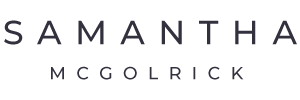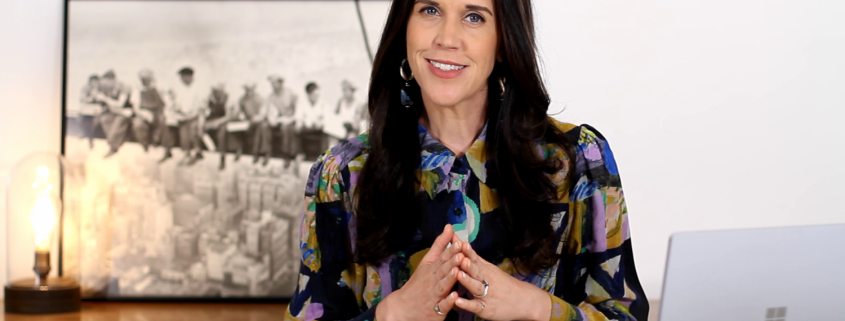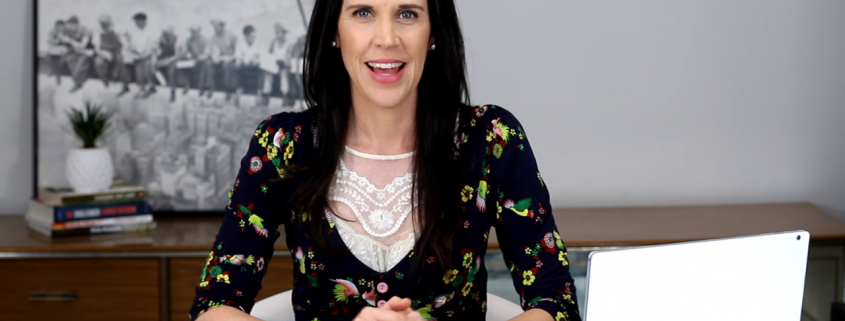Our paradigms, mental models and mindsets can insulate us from learning and seeing red flags through what’s called a Reflexive Loop. It’s an unconscious bias that can reaffirm how well our or how ‘right’ our inner voice is, and subconsciously prevent us from listening to alternative ways of understanding things. In this video I’ll explain how the Reflexive Loop works and a tool to expose your assumptions, values and beliefs in a constructive way – FREE GUIDE AVAILABLE.
Posts
Our mental models are part of our subconsciousness and they can be the reason we shut out information, or why we’re open to learning. It’s therefore essential that we try and bring our mental models to the surface every once in a while to examine whether they are still relevant. In this video I’ll outline two common mental models that inform the board’s perception of the role that people play in either creating or reducing safety in the workplace – one of them will drive organizational improvement, the other will hinder and leave you blind-sided when something happens.
In this video I’ll explain two paradigms that dominant our boardrooms in terms of the way work gets done and they are influencing the questions board members ask about safety and health, but only one is going to support safe and healthy work and help you make a positive impact.
In this week’s video I talk about why we often see significant events as something unique; that is, we try to find some quirk or practice that can separate us from those who have erred or failed. The risk is that we don’t learn or see the red flags in our own organisation.
In this video I’m exploring the cost of employees’ perception of unfairness on their physical and mental health and I outline three tips where board members have an opportunity to contribute to improving the perception of fairness in the workplace.





